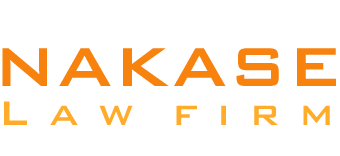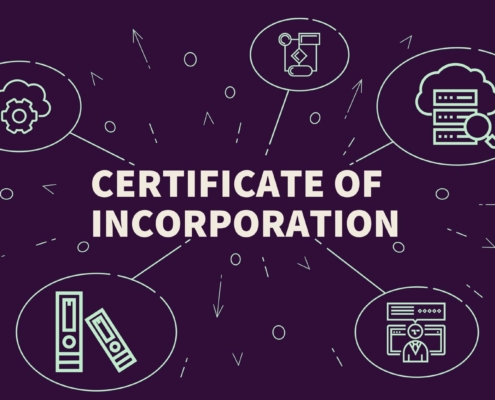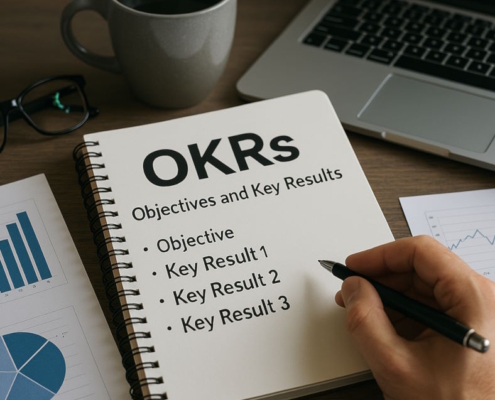Important Learnings
- The complete cost of a service or product that is shown to a customer must include all necessary fees or levies.
- The advertised or published price does not have to include fees for optional features or services.
- Fees or costs that are subject to specific future actions by a customer are optional and do not have to be incorporated into the price that is displayed or promoted.
California SB 478 Overview and Attorney General Guidance
Many legal analysts and members of the business sector conjectured that the California Department of Justice, Office of the Attorney General, would release guidance on California SB 478, as we mentioned previously. Through its FAQs (Frequently Asked Questions) on California SB 478, the Office of the Attorney General did, in fact, provide such counsel on 8th May 2024.
The sole approach for covered enterprises to adhere to the law, according to the Office of the Attorney General’s instructions, is to include all necessary charges or fees in the total price of a service or product that is displayed or published to the customer.
To put it another way, covered businesses are not allowed to simply disclose a charge or fee at the beginning of a transaction and then include the full amount along with the charge or fee at the conclusion of the transaction.
Despite earlier conjecture by some forecasters that restaurants should be interpreted as being outside the purview of the bill, the Office of the Attorney General additionally stated that California SB 478 applies to almost all enterprises, including restaurants and hotels.
The Office of the Attorney General answers 25 different possible inquiries, from broad to specific, with assistance in its FAQs. The guideline offers some assurance for organizations looking to abide by California SB 478, even though there is still doubt over the law’s application in specific situations. We’ve compiled a list of some of the most noteworthy often asked questions that will probably have the biggest effects on businesses attempting to comply with the recent regulations below.
Key Pricing Requirements Under SB 478
The posted or promoted price must reflect the entire amount a customer must shell out for that commodity or service, even though California SB 478 doesn’t limit the kinds of fees that a business may levy. Therefore, a business cannot (i) reveal extra fees before a customer completes a purchase, (ii) advertise a price that is lower than what a customer will actually pay but disclose that extra fees will be included, or (iii) advertise a price and separately state that a supplementary fee will be charged in order to comply with this regulation.
Companies can, however, adhere to California SB 478 by disclosing the full cost of a commodity or service along with a separate statement stating that the price includes specific fees or charges.
Optional Fees and Exceptions to Inclusion in Displayed Prices
The advertised or published price does not have to include fees for extra amenities or features. Therefore, in order to exclude any charge or fee from the purview of California SB 478, firms might legitimately define it as optional or non-mandatory. However, companies should be aware that if they describe the cost as optional or voluntary, they run the risk of being sued under the Unfair Competition Law of California or other laws.
It is not necessary to include fees or costs that are dependent on certain subsequent actions by a customer in the advertised or published price. For example, there may be a fee for surrendering rental equipment after the due date or for smoking in a hotel room that is designated as non-smoking.
Companies that are unsure of the price they are going to charge their client at the start of a transaction should hold off on displaying a price until they are certain of the total cost to the customer.
Finally, the Office of the Attorney General stated that it does not anticipate that its early implementation of California SB 478 will concentrate on current fees that are paid totally and directly by a dining establishment to its employees, such as the predetermined gratuity that an eatery charges for parties of eight or more patrons. Businesses can continue to be held accountable for private activities, the guideline quickly points out.
With SB 478 scheduled to go into effect on July 1st, companies should make sure they are not in violation of the new law by reviewing all required fees or charges that are imposed on customers in accordance with the FAQs.






























